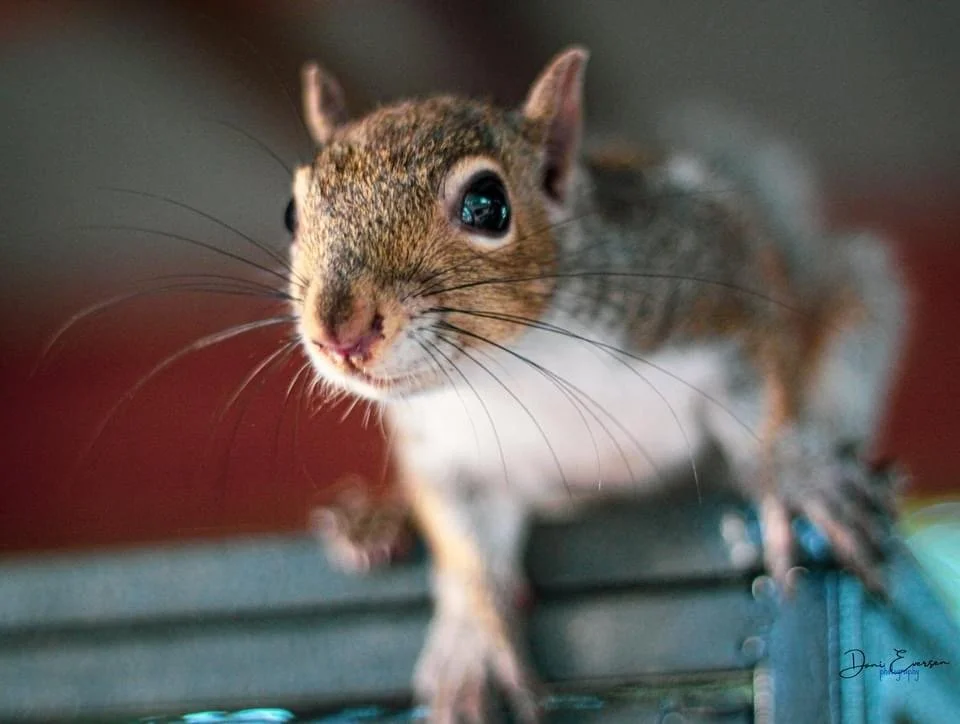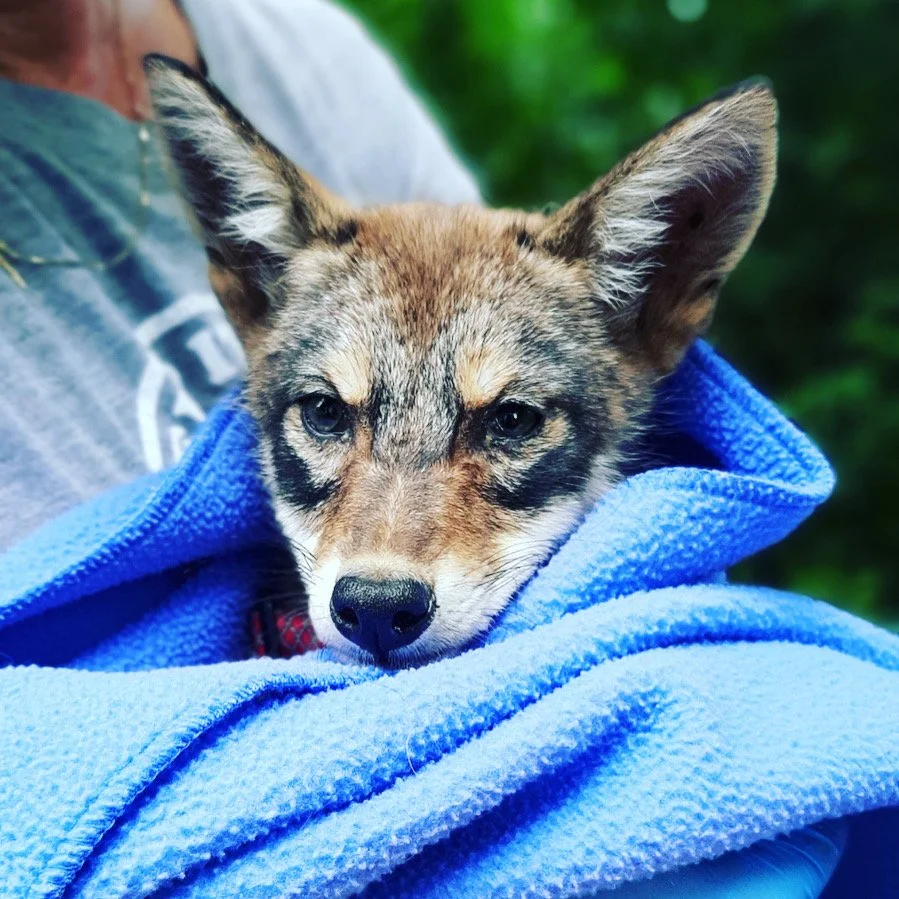The benefits of local wildlife.
Most people don’t understand the importance of wildlife in our environment. Every animal has a purpose that helps keep the land fertile, pest population low, and the ecosystem balanced. Without these creatures, we would see decreases in harvest as well as livestock population.
What makes them significant?
Raccoons
Thanks to their preference for a variety of foods, raccoons help keep your property free of pests. For example, raccoons will eat wasp larvae and destroy the nest. Raccoons also eat other pests such as small rodents, keeping your property free of a variety of problems.
To control raccoon problems such as piles of wood, removing food sources, keeping all of your food indoors sealed in airtight containers and blocking entry points into your home or other buildings is the most powerful method of convincing raccoons your yard and home are unexciting.
Squirrels
It is a nice experience to see a squirrel take a nut fallen on the ground, dig a small hole to place the nut and cover it with earth. This behavior is called “caching” or “hoarding.” In autumn, when the nuts or cones are ripe, the squirrels hide groups of 1-5 seeds rich in energy in holes dug in the ground. Many of the hidden seeds will be recovered by the animals in winter and spring, but some will be forgotten. The seeds left in the ground will have the chance to germinate and give rise to a new plant.
The catching behavior of seeds by squirrels is very important for the renewal of many tree species. Squirrels promote germination by hiding the seeds far from the trees. Much of the renewal of chestnut trees, stone pine, beech, hazel and to a lesser extent, oaks, is related to the action of seed dispersal conducted by squirrels.
Opossums
Opossums are America’s only marsupial. One opossum can eat up to 5,000 ticks in one season yet don’t contract or carry Lyme disease. They also eat insects, snails, small rodents, and dead stuff. They are nature’s own pest control and cleanup crew. If you see one, leave it alone. They don’t intend any harm and some think they’re ugly, they are more scared than scary.
Coyotes
Why is killing ineffective and ecologically disruptive? The coyote’s remarkable success appears to be closely related to human attempts to control the animal’s population. As with other carnivore species, coyote populations are naturally regulated by available food and habitat. Lethal control, however, can disrupt the group hierarchy, allowing more coyotes to reproduce, encouraging larger litter sizes because of decreased competition for food and habitat, and increasing pup survival rates. It is also likely that lethal control favors the survival of the most resilient and genetically robust coyotes. More critically, with the disruption of pack structure, training across generations of coyotes that promotes consumption of wild prey can be compromised and increase killing of livestock and pets.
Adaptable to diverse environments, coyotes provide the following ecological benefits: Coyotes limit mesocarnivore populations and increase bird diversity. An abundance of mesocarnivores such as skunks, raccoons, and foxes as well as feral cats can have a destructive impact on bird populations by raiding nests, etc. While coyotes can coexist with these species, studies indicate that coyotes limit mesocarnivore populations largely through competitive exclusion, thereby having a positive impact on ground-nesting birds and songbird diversity and abundance. Coyotes provide an invaluable public health service by helping to control rodents, thus reducing the spread of rodent-born zoonotic diseases such as plague and hantavirus. As scavengers, coyotes provide an ecological service by helping to keep our communities clean of carrion (dead things).
There is no magic answer to all predator situations; each predation event includes unique circumstances, so unique responses are required. Overall, the best approach to protect your livestock (and pets) is to make predators think that eating at your house will be harder than feeding on field mice and cotton-tailed rabbits. You can do this by developing knowledge and understanding of predators, and by learning to apply non-lethal techniques that reduce predation.
Skunks
Skunks are known for their ability to spray a strong smelling liquid to ward off predators. Although skunks are sometimes seen as a nuisance, they are actually beneficial to farmers, gardeners, and landowners because they feed on a large number of agricultural and garden pests.
Do your best to deny them access to potential unnatural food sources on your property. Dispose of food scraps and trash in a metal can and make sure the lid fits tightly, or secure the lid with a bungee cord or chain.
It is best not to feed cats and dogs outside, but if you have no other choice, pick up food and water bowls, as well as leftovers and spilled food well before dusk. Never leave food outside at night. Clean up spilled seed below bird feeders daily.
Skunks sometimes dig in lawns to find grubs and worms. Usually damage is minimal, and since skunks tend not to stay long in one area, tolerance is the best course of action.

Save a Life
By donating to our organization, you are ensuring the ecosystem’s survival will benefit us all.





